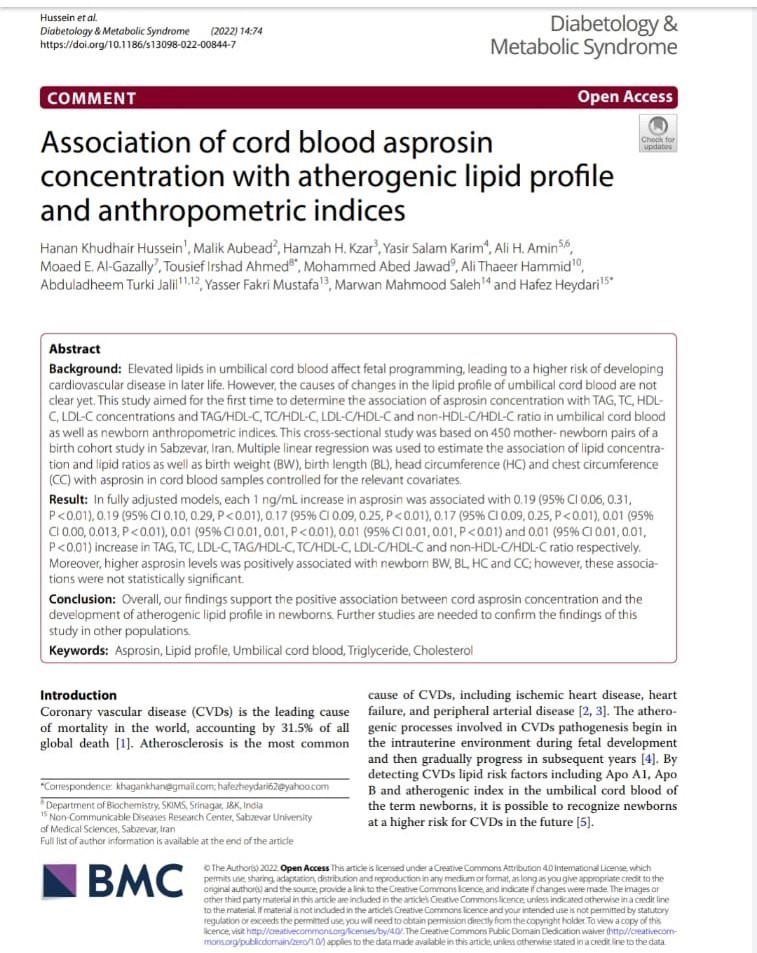
Between pollution and environmental consciousness
Between pollution and environmental consciousness,
Iraq is at a crossroads
Dr. Harith Abdul Rahman Ahmed
Environmental Department,
University of Anbar's College of Applied Sciences
Every year on June 5th, of marks the World Environment Day, which was approved by the United Nations at the conference held in Stockholm in 1972 for the sake of environmental preservation.
Many scientific conferences have been held around the world with the goal of preserving the environment and protecting it from pollutants and human-caused problems as a result of population growth and industrial development, as well as the environmental damage caused by these developments at the regional, and global levels. Despite all of these directions and warnings, which have been discussed at numerous conferences and scientific study, pollution levels have continued to rise, resulting in a slew of environmental issues, including ozone depletion, acid rain, global warming, and other pollution-related phenomena.
The actual issue that we face as environmental experts is a lack of understanding among people in many nations throughout the world, including Iraq, about the dangers of environmental degradation, how to maintain the environment and its resources, and how they affect the lives of people in everywhere.
Iraq is one of the countries that has been considerably affected by environmental issues as a result of the wars and conflicts it fought in the late twentieth century and early this century, It resulted in a variety of environmental contamination, including radioactive waste and the growth of malignant diseases as a result, the effects of which have lasted to this day, Along with the air and noise pollution caused by the use of diesel electric generators in residential areas due to the destruction of the electricity sector, the weakness of the sewage system, industrial and agricultural pollution, and other environmental pollution problems, there was also the weakness of health institutions and the methods of burying them with medical waste, which led to the spread of epidemics.
The first step in resolving this issue is to raise environmental awareness among people about the concerns we discussed earlier in order to lessen them and preserve the environment, which begins with visual and print media reaching out to all sectors of society. Conducting scientific awareness lectures on environmental issues and related challenges aimed at state employees, and enacting legislation to safeguard the environment from industrial and agricultural waste or its recycling, and the creation of plants to treat sewage and agricultural wastewater before it is dumped into rivers, as well as, the employment of sound procedures for burying medical and radiological waste. Creating green spaces and promoting afforestation to battle desertification and lower atmospheric dust levels so that people can live in a clean, pollution-free environment.

